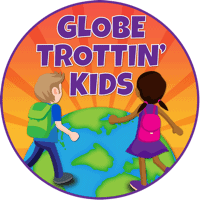5 Important Book Categories for Classroom Library and Why Kids Need Them
Books play a powerful role in teaching, connecting, and inspiring students and the importance of including diverse books in a classroom library cannot be overstated.
Diverse books offer multiple perspectives, promote understanding, develop an awareness of the world, and encourage engagement in solving local and global issues.
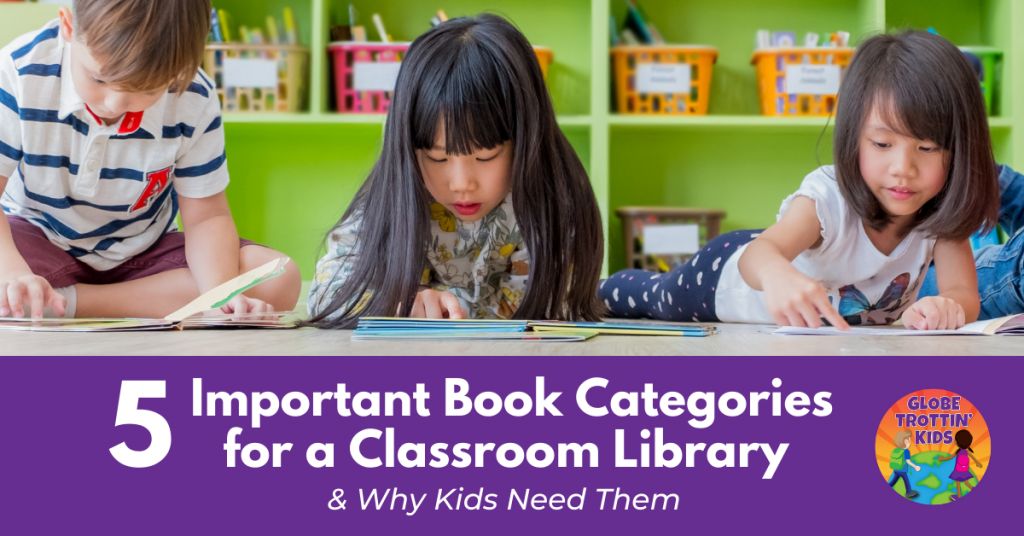
We use 5 categories for classroom library to support our mission of developing the knowledge, skills, and attitudes of our next generation of global citizens:
- Diverse Fiction
- Global Nonfiction
- Multicultural Tales
- World Poetry
- Community Engagement
The books honor cultural, linguistic, gender, family & individual diversity. They include different genres, languages, levels, and topics that can be used for various purposes.
Learn about each of our book categories for classroom library and why we believe kids need them.
Then, browse our helpful resources for finding, selecting, and using diverse books across the curriculum and throughout the year.

Disclosure: This post contains affiliate links. By clicking through and making a purchase, we receive a small commission at no extra charge to you. All proceeds help support our free global education website. Thank you!
5 Categories for Classroom Library
Diverse Fiction 📚
These are the books kids curl up with – stories about identity, family, friendship, adventures to new places, mysteries from different times, realistic, cultural, and historical fiction, and so much more.
They are the mentor books we use for instruction across the curriculum and share for engaging read-alouds.
Diverse fiction books are powerful tools for creating connections, providing multiple perspectives, building social-emotional skills, and starting important conversations.
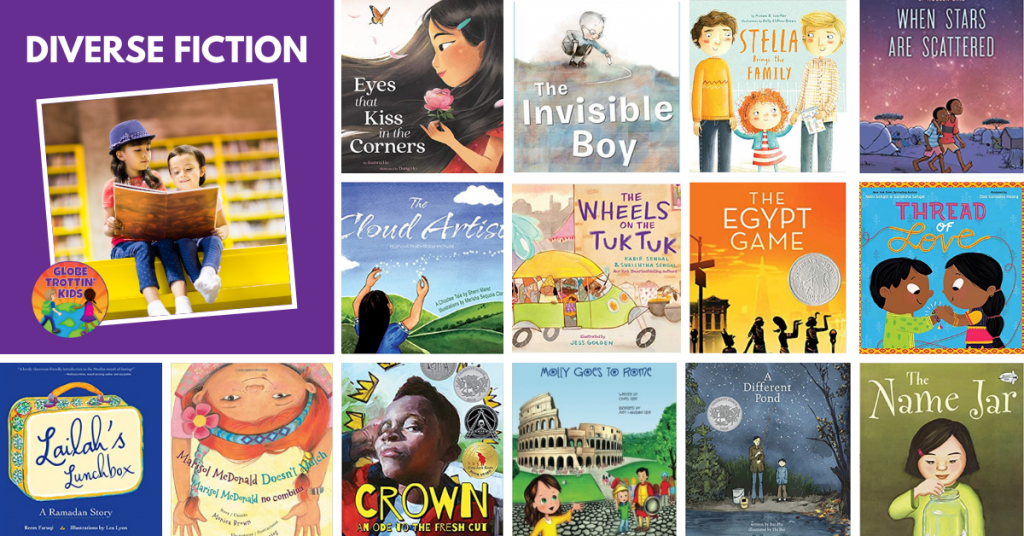
“Reading fiction not only develops our imagination and creativity, it gives us the skills to be alone. It gives us the ability to feel empathy for people we’ve never met, living lives we couldn’t possibly experience for ourselves, because the book puts us inside the character’s skin.” – Ann Patchett
Representation Matters
Choosing books that represent your students and community set the tone for an inclusive classroom. Kids feel valued and proud when they see characters in a story that look like them and share similar experiences. And the whole class benefits by learning more about their classmates and the people that live and work in their neighborhood.
Selecting books like Marisol McDonald Doesn’t Match/Marisol McDonald no combina connects bilingual readers and invites non-Spanish readers to explore a new language. Crown: An Ode to the Fresh Cut reflects the barbershop experience for some students; for others, it provides a glimpse into a new experience.
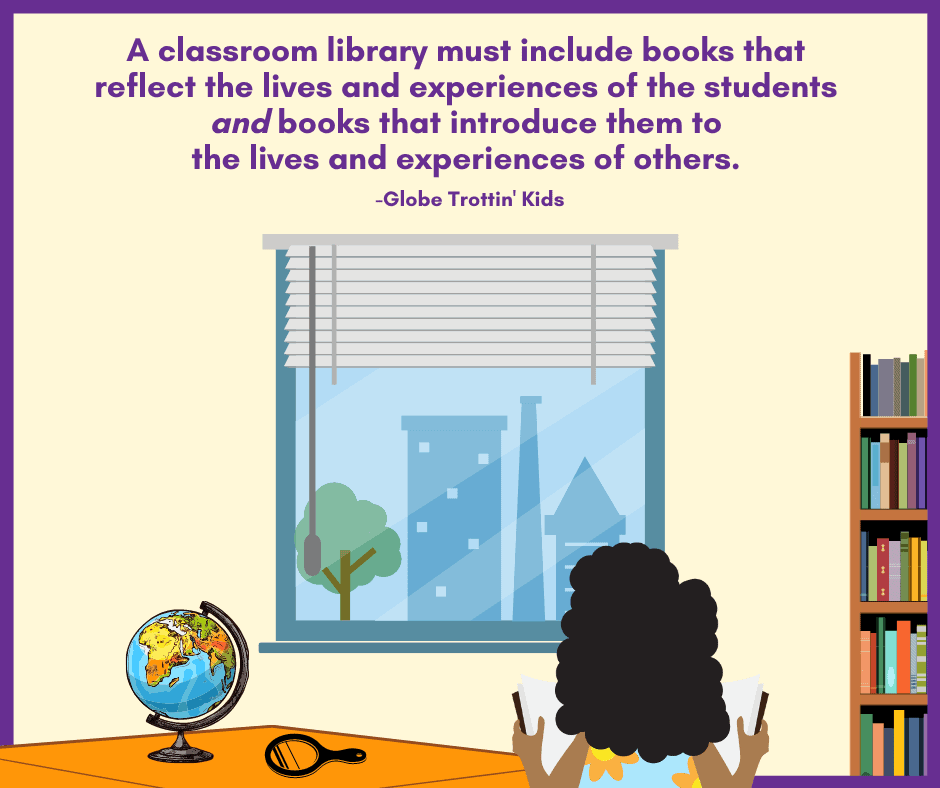
Read How to Use Mirror and Window Books, our post on the National Geographic Education Blog for information and resources.
Develop Cultural Awareness
Introduce the beautiful diversity of our world by including stories set in other countries – with characters from different cultures. Locate the places on a map, identify similarities and differences among themes and story elements, and teach various cross-curricular skills.
With Catch That Goat! A Market Day in Nigeria, first-graders took an adventure through a Nigerian marketplace while practicing counting, analyzing story elements, and learning about the culture of the Yoruba people.
Start Important Conversations
Fiction provides a nice entry point into having discussions about difficult issues that many children are struggling with themselves or see others dealing with in their communities or on the news.
From divorce, homelessness, and food insecurity to climate change and the refugee crisis, kids are growing up in a complex world. Books can help make sense of it all through fictional characters and situations, followed by meaningful reflection and dialogue.
Global Nonfiction 📚
These are the books kids read to collect knowledge about their world. Learning about people and events throughout history, exploring interesting STEM topics, and discovering the answers to all their “Why?” questions.
They’re books we use for teaching text features and doing research.
Non-fiction books are important tools for developing background knowledge, building vocabulary, inspiring curiosity, and applying critical thinking skills.

“Reading is important, because if you can read, you can learn anything about everything and everything about anything.” – Tomie dePaola
Beyond the Borders
Take readers global! Learn about a boy in Malawi who built a windmill to save his family and village from drought and famine (The Boy Who Harnessed the Wind); read about the eruption and aftermath of Mount Vesuvius in 79 A.D. (Pompeii…Buried Alive!); compare unique houses around the world (If You Lived Here Houses of the World); discover interesting facts about the animals unique to Australia (Over in Australia: Amazing Animals Down Under).
Beyond Books
Also included in our Global Nonfiction category are current event materials like newspapers and magazines and reference books such as atlases, encyclopedias, and dictionaries. We especially love these language picture dictionaries from Barefoot Books).
Multicultural Tales 📚
*includes fairy tales, folk tales, tall tales, trickster tales, Pourquoi tales, myths, legends, and fables
These are the books that provide imaginary experiences, teach valuable lessons, and invite reflection and discussion.
They are stories rooted in oral tradition and filled with rich language. They feature universal themes of courage, honesty, good over evil, etc.
Tales are helpful tools for teaching the difference between fiction and nonfiction, character development, and conflict resolution.
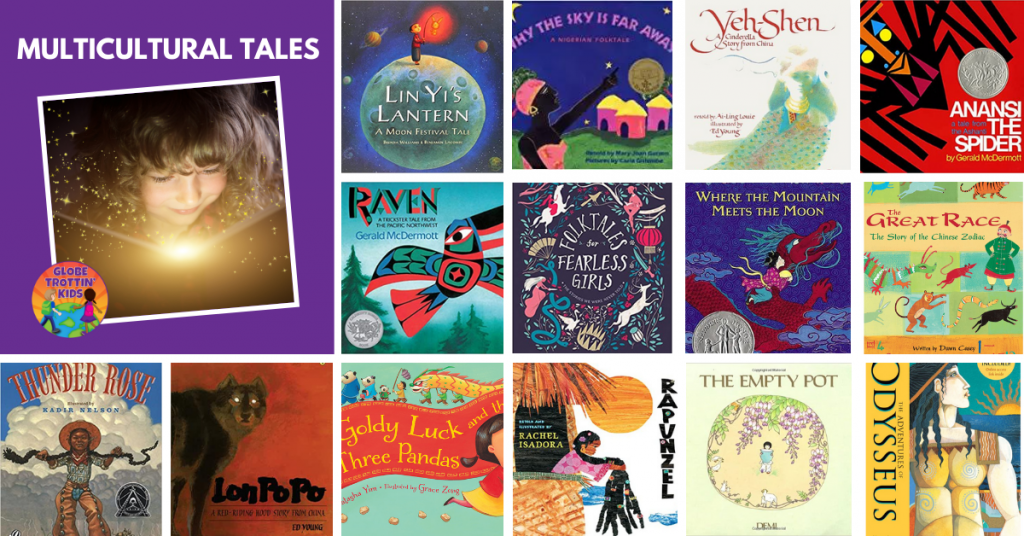
“If you want your children to be intelligent, read them fairy tales. If you want them to be more intelligent, read them more fairy tales.” -Albert Einstein
Classics Across Cultures
Multicultural versions provide an opportunity to discuss and compare the cultural aspects of tales. Explore how different cultures retell popular tales like Cinderella.
Yeh-Shen: A Cinderella Story from China is believed to be the original version, written 1,000 years before the European one. Yeh-Shen is granted wishes from the bones of a fish, and her dress for the Spring Festival is made of magical fish scales.
The Persian Cinderella includes a mysterious blue jug, a prince, and a palace from 15th century Persia. Adelita: A Mexican Cinderella Story involves a young woman leaving a fiesta at midnight and leaving behind her rebozo (shawl). And The Irish Cinderlad adds another diversity twist by changing Cinderella’s gender to male and having a princess look for the owner of a giant boot!
More Than the Classics
Explore tales that share cultural beliefs and traditions, such as Raven – a trickster tale from the Pacific Northwest of the United States and Lin Yi’s Lantern – a Moon Festival Tale from China.
World Poetry 📚
These are lyrical, narrative, and dramatic poems.
They are rhyming, acrostic, free verse, ballads, cinquains, haikus, and so much more.
Poetry helps develop reading, speaking, and listening skills. It fosters social and emotional learning and builds community.
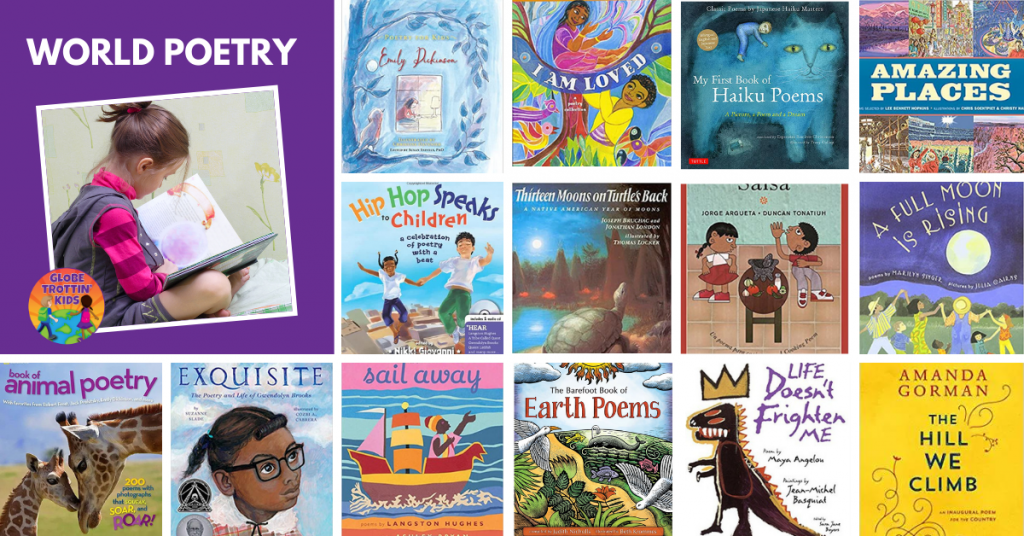
“If I read a book and it makes my whole body so cold no fire can ever warm me, I know that is poetry.” – Emily Dickinson
World poetry invites you into other cultures and offers different viewpoints.
Explore Japan’s connection to the natural world through Haiku Poems, move to the rhythm and language of hip-hop, rap, and African-American poetry in Hip Hop Speaks to Children, and celebrate a traditional dish in the bilingual poetry book Salsa.
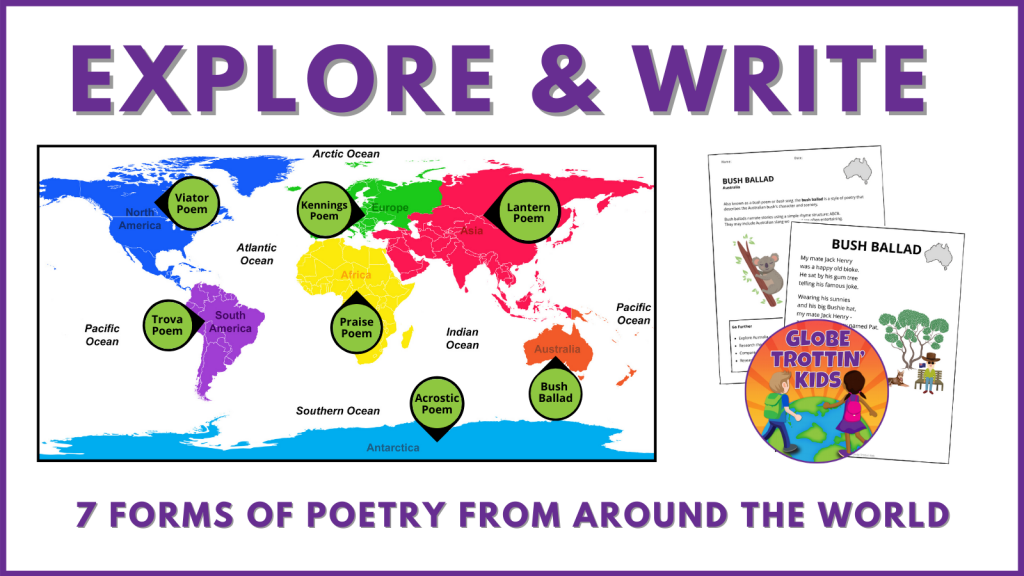
Related Product: Poetry Around the World
Community Engagement📚
These are the books that inspire and teach students how they can individually and collectively make a difference in the world.
They demonstrate how kids, just like them, are making an impact through projects large and small.
Engagement books provide information and actionable steps that empower kids to tackle challenges in their local and global communities.
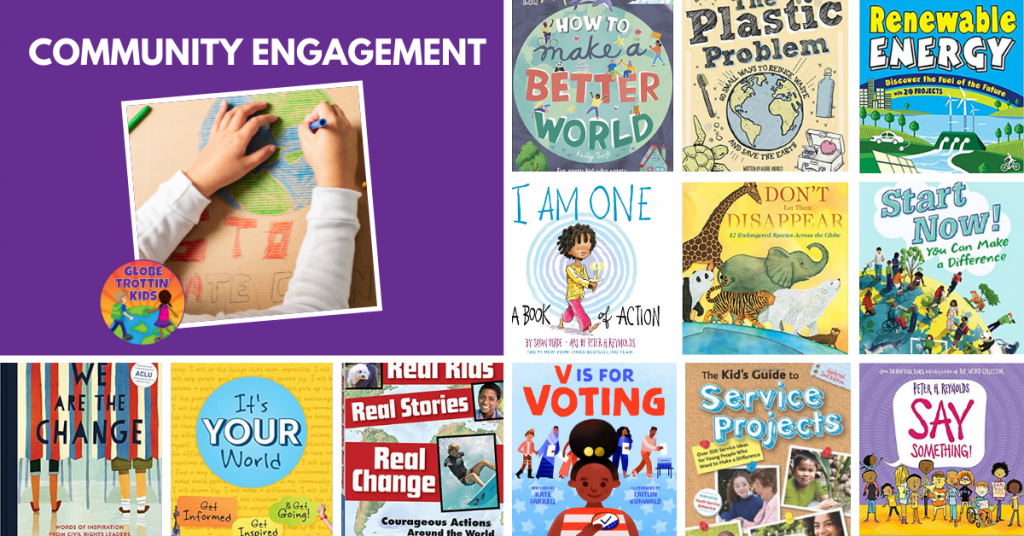
“You can make a difference. You can make a change. It’s your world.” -Chelsea Clinton, It’s Your World
Whether it’s educating their classmates about food waste, starting a Little Free Library in their neighborhood, or learning ways to conserve energy, kids will discover they are never too young or too small to make a difference in the lives of others and for the future of our shared planet.
Why Kids Need Diverse Book Categories for Classroom Library
Resources for Classroom Library
Booklists
- Guide for Selecting Books – “look fors” include stereotypes and loaded words
- Classroom Library Questionnaire – analyze your classroom library and determine where there are strengths and gaps in diversity.
- FREE Teacher’s Guides and Lesson Plans – developed by professional educators and offering extensive teaching ideas, curricular connections, and activities that can be adapted to many different educational settings
- FREE Book Activities & Downloadables – discussion guides, activity kits, downloadable posters, recipes, Readers’ Theater, and more
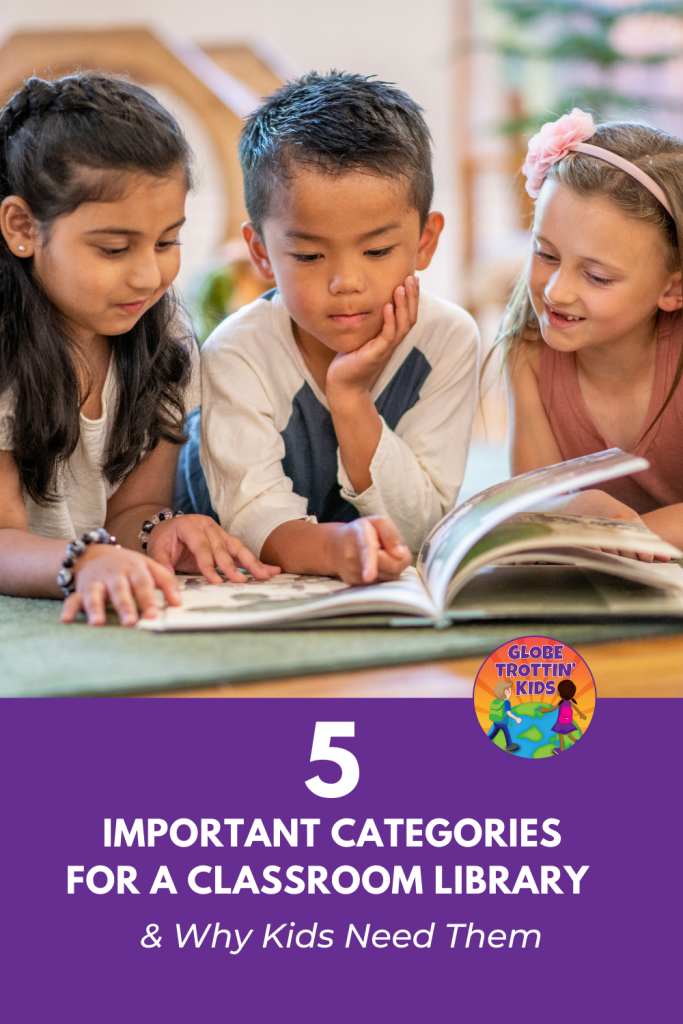
Ready to start a teacher blog? Check out 7 Helpful Tips on How to Blog Like a Boss from Kayse Morris @ The CEO Teacher.
Interested in more helpful tips for teachers – by teachers? Check out these blog posts:
Building Relationships with Morning Meeting Questions
How to Communicate Effectively with Parents on Facebook
What Are Word Families and Why Are They Important to Literary Success?
5 Best ESL Strategies to Plan For Before the School Year Starts!
